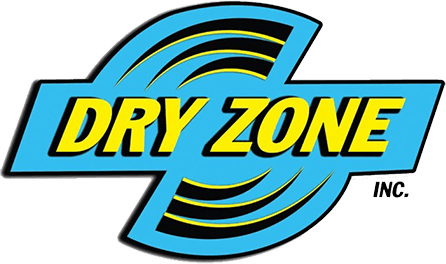Drywall is a construction material made from gypsum plaster that is pressed between two thick sheets of paper. It is used to create walls and ceilings in homes and businesses. Drywall is a very sturdy material, but it is not waterproof. Water leaks onto drywall can cause the material to swell and crumble.
If you want to understand drywall water damage and how to solve this problem, this article will be able to help you.
What Are the Causes of Drywall Damage?
Drywall damage is a common problem in homes. There are several possible causes of drywall damage, including moisture buildup, roof leaks, flawed HVAC systems, leaking faucets, and rainwater pooling in the roof.
1. Moisture Buildup
One of the most common causes of the drywall damage is moisture buildup. This can happen when there is too much humidity in the air, which can cause the drywall to absorb moisture and swell. This can lead to the paint bubbling, the paper backing separating from the drywall, and eventually, the drywall itself breaking down and crumbling.
2. Roof Leaks
Roof leaks are another common cause of drywall damage. If the roof is not properly sealed or insulated, water can seep through and cause the drywall to warp, buckle, or even mold. In extreme cases, the weight of the water can cause the drywall to collapse.
3. Flawed HVAC System
If the flawed HVAC system is not maintained correctly, it can allow moisture to build up and cause the drywall to warp, buckle, or even mold. In extreme cases, the weight of the water can cause the drywall to collapse.
4. Leaking Faucets
Leaking faucets can also cause drywall damage. If water is left to pool around a faucet, it can seep into the drywall and cause it to swell.
5. Rainwater Pooling in the Roof
If the roof is not adequately sealed or insulated, water can seep through and cause the drywall to warp, buckle, or even mold. In extreme cases, the weight of the water can cause the drywall to collapse.
How Can You Check for Drywall Water Damage?
If you think your home may have drywall water damage, it’s important to act quickly and assess the situation. This type of damage can cause a number of problems, including structural damage, mold growth, and electrical issues. Here are a few things you can do to check for drywall water damage:
1. Check for visible signs of water damage. This can include water stains, swelling, or warping.
2. Use a moisture meter to check the moisture content of the drywall. If the reading is above 20%, there is likely water damage.
3. Check for mold growth. This can be a sign of past or present water damage.
4. Have a professional inspect the drywall for damage. This is the best way to confirm the presence of water damage and to assess the extent of the damage.
How Can You Repair Water Damage to Drywall?
Water damage to drywall is a severe problem that can lead to mold growth and structural damage. If you have water damage to your drywall, it is essential to repair the damage and prevent further problems.
There are several ways to repair water damage to drywall, depending on the extent of the damage. For minor damage, such as small cracks or stains, you may be able to repair the damage yourself with some essential tools and materials. However, it is best to hire a professional contractor to repair the damage if you want to avoid worsening the situation.
Final Thoughts
Drywall water damage can occur for a number of reasons, such as leaks in the roof or walls or flooding. It is important to act quickly when you first notice the damage, as it can spread rapidly and cause further damage to your home. You should call a professional to assess the damage and make repairs as soon as possible.
If you need a water damage company in Naples to help you with repairs, our team at DryZone can help you. Give us a call today to learn more!


